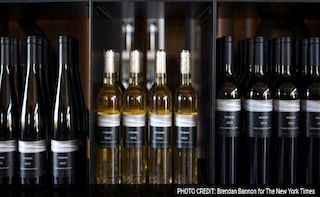Wine country on the Niagara Peninsula of Ontario, Canada, may sound a little incongruous. But the area about a half-hour west of Buffalo is home to a wine region of depth, diversity and distinction.And as delicious as the local ice wine may be, it alone does not tell the story of the region, any more than Sauternes defines Bordeaux. Finally, dry table wines are coming from a country better known for polar bears than for pinot noirs.
Advertisement
Advertisement
Advertisement
Advertisement
For the latest food news, health tips and recipes, like us on Facebook or follow us on Twitter and YouTube.
Advertisement
